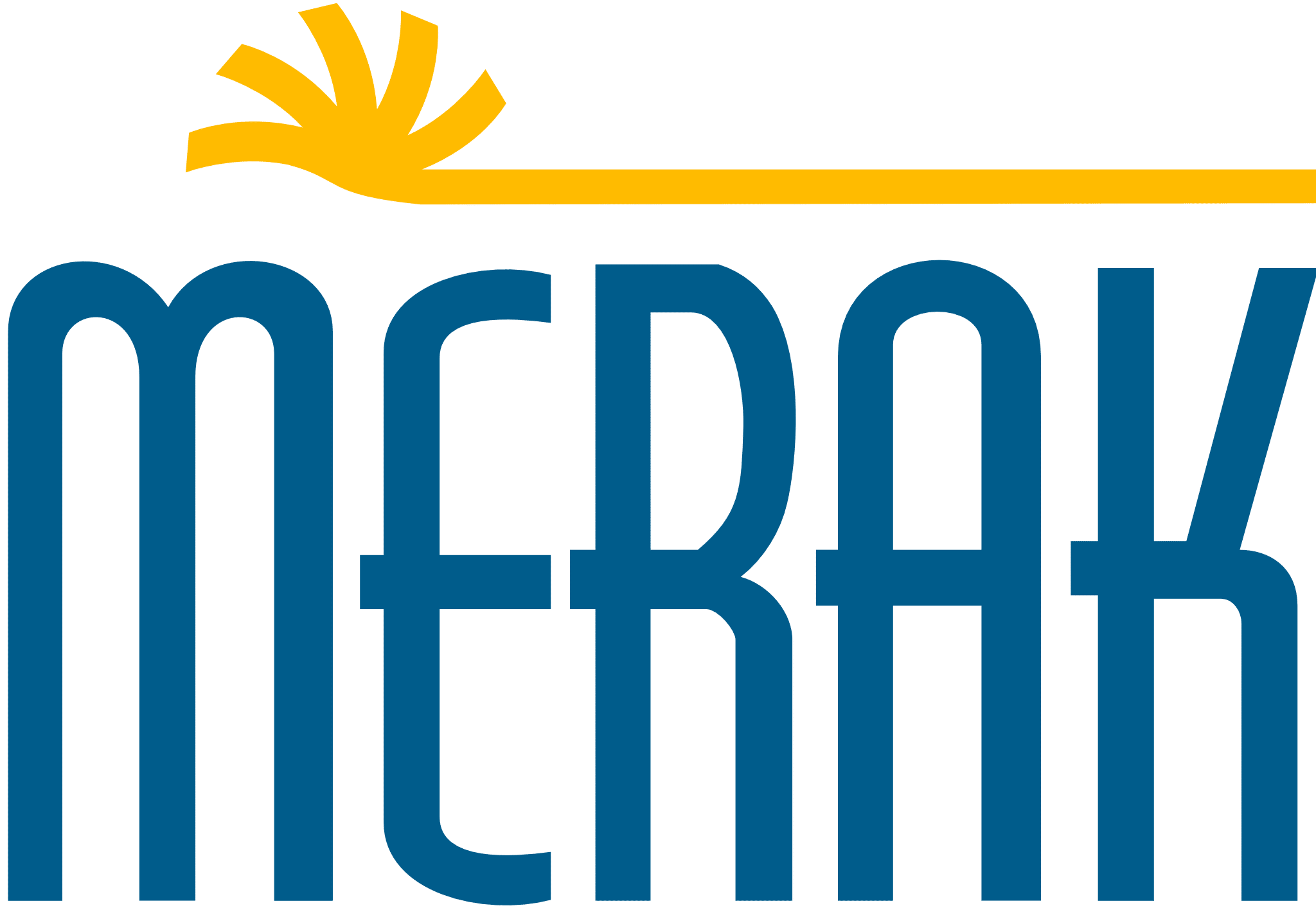Episode 26 – April Fools Edition
At MERAK we are a group of super-passionate techies who love to solve problems. We view ourselves as a small, yet mighty solution development agency, ready to alleviate your pain points and convert business opportunities into measurable results. For us to thrive at the intersection between rapid technological change and disruptive business strategy, we play at the forefront of innovative ideas. Over the years we have fostered an internal start-up culture that supports the flexibility that is needed to manage our ever-changing industry.
While development practices have changed over time, the challenge remains the same. How to produce quality working products with fewer resources? Development is both a function of quantity and quality. A popular method to increase the net output of high-quality features is Paired Programming, whereby two developers share one workstation. The advantages of pair programming allow developers to share problem solving, best practices, lessons learned, and catch mistakes. Two brains are better than one!

At MERAK we kick this practice into overdrive by using our developed in-house methodology of “Committee Coding”. It is like having a continuous SCRUM meeting or what we affectionately call the Committee Coding Resource Upgrade Model (CCRUM). As a committee we draw on the best brains for each task or challenge, while simultaneously maintaining our agility as the development process is in a continuous state of iteration within the CCRUM.
It has taken us a decade to master. If your organization is interested in implementing Committee Coding, we have some pointers:
- Appoint a committee chair (CCRUM Master): It is important to have an individual on the committee responsible for defining the vision, prioritizing needs, and acting as the primary liaison between stakeholders and the committee.
- An agile committee should have no more than ten members: If there are too many committee members a project will lose its agility and grind to a halt. We did also find that having at least four members provides enough diversity of skills and worldviews to ensure that the best ideas rise to the top.
- Form a sub-committee: An effective way to tackle highly specific work. For particularly messy problems, it is wise to form a temporary sub-committee. The sub-committee can free up some members to focus on other tasks.
- Rotate committee members: By rotating members on and off, the committee process will maximize corporate learning. The practice is also effective at combating groupthink.
There is no clear best interpretation for managing the alignment of business strategy and technology development. However, having a clear understanding of your organization’s culture and competencies provide two critical elements that allow iterative development of an internal practice best suited to your needs.
Last Updated: June 25, 2025



